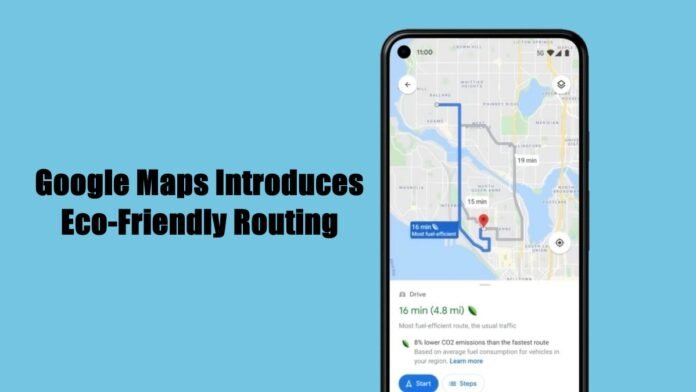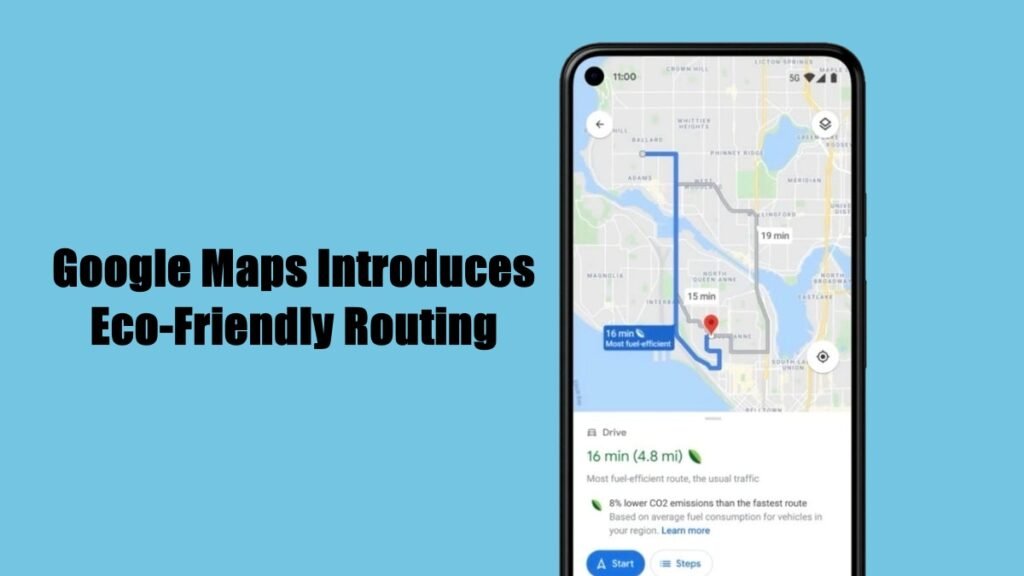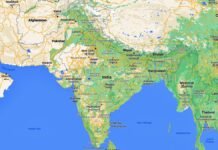
New Delhi: Google Maps is one of the most popular and versatile navigation apps in the world. It offers a variety of features, such as Google Street View, live traffic updates, location popularity, and more. It also keeps adding new features to enhance the user experience and provide more value.
One of the latest features that Google Maps has introduced is eco-friendly routing, which aims to help users save fuel and reduce their carbon footprint. This feature was initially available only in the US, Europe, and Canada, but it has now been rolled out to India as well, as reported by Times of India.
What is Eco-Friendly Routing and How Does it Work?
Eco-friendly routing is a feature that shows users the fuel or energy efficiency estimates of different routes based on their vehicle’s engine type. It also takes into account factors such as traffic congestion, road conditions, and elevation changes that affect fuel consumption.
When this feature is enabled, Google Maps will suggest two routes: the fastest one and the most eco-friendly one. The eco-friendly route may not be the shortest or the quickest, but it will save more fuel or energy. Users can choose which route they prefer, or they can disable this feature altogether and get only the fastest route.
How to Enable Eco-Friendly Routing on Google Maps?
To enable eco-friendly routing on Google Maps, users need to follow these steps:
- Open the Google Maps app on their mobile device.
- Tap on their profile picture or initial in the top right corner.
- Tap on Settings > Navigation settings.
- Scroll down to Route options.
- Tap on Prefer fuel-efficient routes to turn it on or off.
- Tap on Engine type to select their vehicle’s engine type.
- Tap on Done.
Users can choose from four engine types: gas (petrol), diesel, hybrid, or electric. Google Maps will use this information to calculate the fuel or energy efficiency estimates for different routes.

Google also notes that the fuel efficiency estimates are based on the average energy consumption for vehicles in the user’s region, and they may vary depending on the actual vehicle model, driving style, and weather conditions.




















































